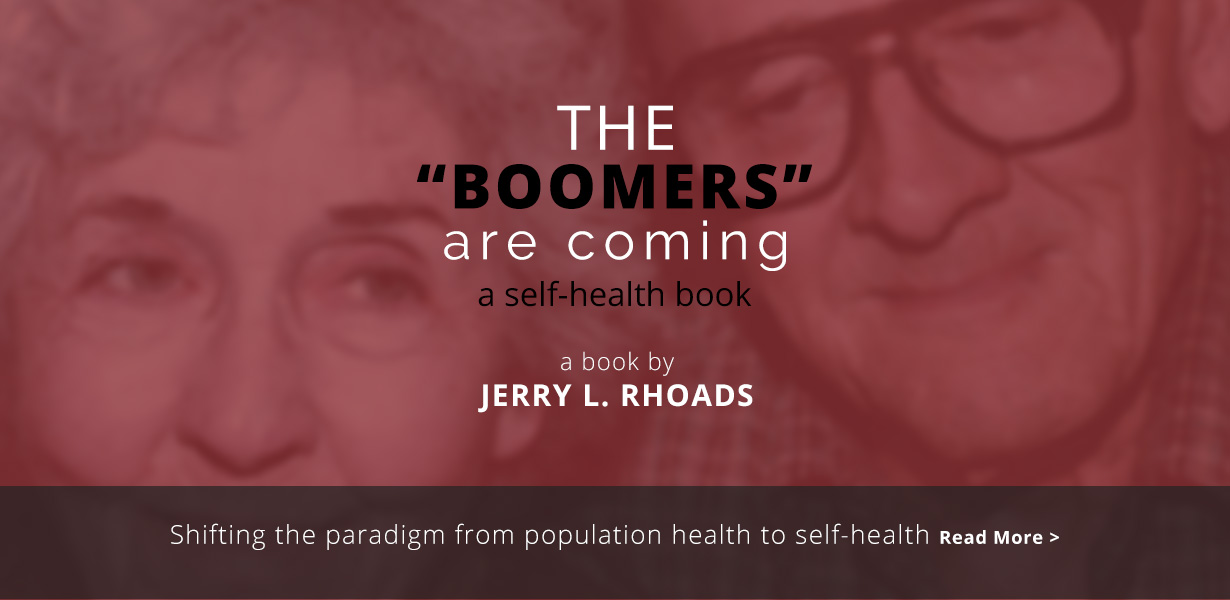October 8, 2015
The State of Connecticut’s Department of Social Services, with its state evaluator UConn’s Center on Aging, successfully transitioned more than 2,200 older and disabled Connecticut residents from nursing homes and other institutions to their own home or a community setting between 2008 and 2014, as part of the federal “Money Follows the Person Rebalancing Demonstration.”
The goal of this national effort is to reduce Medicaid’s growing expenditures by rebalancing long-term care services from expensive institutional healthcare settings such as nursing homes to lower-cost community settings.
The Connecticut program’s results, published in the October issue of the journal Health Affairs, also show a significant boost in residents’ overall quality of life and life satisfaction after transitioning home to the community.
The Money Follows the Person program works by identifying people in high-cost institutional settings such as nursing homes, rehabilitation hospitals, and group homes of five or more, who wish to voluntarily transition back to a community setting such as their own private home or apartment, an assisted living facility, a group home with four or fewer people, or living with a family member. Each participant receives a personalized Medicaid benefit and healthcare services community care plan that meets their needs while also costing less than an institutional setting.
“Connecticut is becoming a true leader in long-term care services enhancements for those who need them,” says Dawn Lambert, Project Director of Medicaid Rebalancing Initiatives in Connecticut’s Department of Social Services and a co-author of the Health Affairs article. “We thank Governor Malloy and the State Legislature for helping us make such huge strides in empowering thousands of Connecticut’s older adults and citizens with disabilities to live more independently in their communities with the Medicaid support they need following them home. This program is also helping to improve the infrastructure of our State’s community services.”
In 2015, Connecticut’s Money Follows the Person program recently reached the milestone of 3,000 successful transitions. It is set to continue, with increased federal funding, to transition and track residents returning to their communities through 2018; and will continue after that as a state-funded program.
“The program’s outcomes tell a consistent story of improved quality of life,” says co-author Noreen Shugrue, research associate at UConn’s Center on Aging. “Thousands of people have returned to community living and the vast majority have thrived with the bonus of higher quality of life and satisfaction.”
Connecticut statistics show the rate of institutional care versus home care in a community setting in 2008 was 48 percent to 52 percent. However, thanks in part to the Money Follows the Person program by 2014, these rates were rebalanced to 41 percent of persons in an institution to 59 percent in a community setting. In addition, the rebalancing program has helped the percentage of institutional long-term Medicaid expenditures in the state of Connecticut to drop from 67 percent in 2008 to 55 percent in 2014.
Blogger Comment:
I commend the State of Connecticut for its spending emphasis recognizing that paying for quality of life not blindly dictating some meaningless Quality of Care standards invoked by the Enforcement System practiced across America for 40 years has failed miseably.
The motto of the Enterprise Model of my company All-American Care was “get them in, get them well, get them out” to their homes or community based programs. While Shari, Kip and I owned our three facilities we discharged 57% of our admissions back to the community. The problem we had was the survey process administered by State of Iowa Department of Inspections and Appeals which doesn’t give stars for results just blind compliance with meaningless rules. In the 37 years I have been involved in nursing homes I have never, I repeat never seen the surveyors improve anything but the amount of allegations and fines … sad but true that the public is buffaloed on how little the regulators do for reinforcement versus harmful, fearful, subjective, arbitrary and capricious enforcement on selected providers that in my opinion is the problem
. Jerry Rhoads
About the Author
Written by Jerry Rhoads
Jerry is a CPA who specializes in Medicare and Medicaid payment policies and procedures. He has owned a CPA firm, a management consulting firm and software development company. He also is a licensed Nursing Home Administrator in three states and owned nursing homes in those states. He, his wife and son sold them in 2015. Jerry and his wife have formed a publishing company and is now publishing his books on health care, political topics that impact health care, poetry and novels.
Recent Posts
- IN AMERICA WHO PAYS ALL THE TAXES?
- DEBUNKING MEDICARE FOR ALL (A REAL POLITICAL “FREE FOR ALL”) Fifth in a series of articles regarding Medicare for All
- DEBUNKING MEDICARE FOR ALL (A REAL POLITICAL “FREE FOR ALL”) Fourth in a series of articles regarding Medicare for All
- DEBUNKING THE GREEN NEW DEAL (A real political “Free for All) Third in a Series of Articles re: Socialized Medicare and Climate Change for All
- DEBUNKING MEDICARE FOR ALL (A REAL POLITICAL “FREE FOR ALL”) Second in a series of articles re: Medicare for All – Boon or Bane
Recent Comments
- how to buy actos without a prescription on DEBUNKING MEDICARE FOR ALL (A REAL POLITICAL “FREE FOR ALL”) Fifth in a series of articles regarding Medicare for All
- generic lopressor on DEBUNKING MEDICARE FOR ALL (A REAL POLITICAL “FREE FOR ALL”) Fifth in a series of articles regarding Medicare for All
- rx zovirax on DEBUNKING MEDICARE FOR ALL (A REAL POLITICAL “FREE FOR ALL”) Fifth in a series of articles regarding Medicare for All
- generic losartan on DEBUNKING MEDICARE FOR ALL (A REAL POLITICAL “FREE FOR ALL”) Fifth in a series of articles regarding Medicare for All
- can i buy generic tadacip for sale on DEBUNKING MEDICARE FOR ALL (A REAL POLITICAL “FREE FOR ALL”) Fifth in a series of articles regarding Medicare for All









111 Responses to Thousands of older adults and persons with disabilities transitioning home